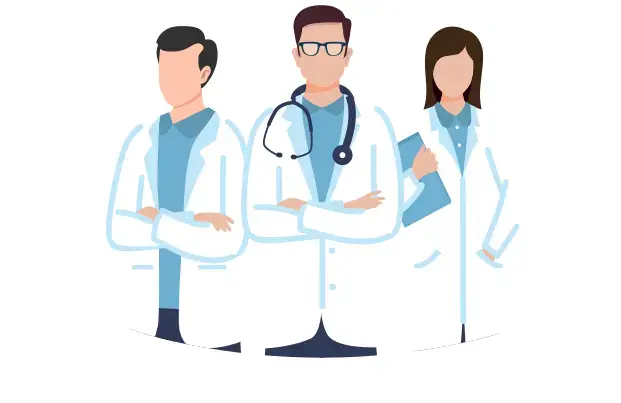
Best Urology Available at Our Clinics

sandeep
“Got treated last week. they did laser surgery, no cuts, no stitches. stayed one night in hospital. Recovery was smooth. Staff was very helpful too. ”
Date: 10-03-25




Nitin yadav
“Kudos to @PristynCare for their outstanding support during my kidney stones treatment. Grateful to Dr. Garima Sawhney, Harsimarbir Singh and Dr. Vaibhav Kapoor for their expertise. Special thanks to Dr Naveen M N for the seamless coordination. #PristynCare #HealthcareExcellence”
Date: 04-02-24

Available
Urology specialists
Tanmay Holkar
“Pristyn Care's treatment for prostate enlargement was prompt and effective. The urologist explained the condition clearly, and the prescribed treatment improved my quality of life. Pristyn Care's support during my treatment journey was commendable.”
Date: 03-03-23
Harshvardhan Khajuria
“Choosing Pristyn Care for my PCNL treatment was a life-changing decision. Their skilled team provided personalized care, and the procedure was smoother than I anticipated. Thanks to them, I'm back to enjoying life without kidney stone discomfort.”
Date: 24-02-23



Available
Urology specialists
Sonu Malik
“I recently underwent kidney stone surgery through Pristyn Care, and I must say it was a truly excellent experience. From consultation to surgery and post-operative care, everything was handled with great efficiency and empathy. Pristyn Care is truly a dependable and supportive healthcare company, and I wholeheartedly recommend them to anyone seeking quality medical treatment. Thank you for making this journey smooth and stress-free.”
Date: 07-04-25


URSL Top Doctors
URSL is a minimally invasive procedure used to remove stones from the ureter—the tube connecting the kidney to the bladder. Using a ureteroscope inserted through the urethra and bladder, the doctor locates the stone and breaks it using laser lithotripsy, allowing fragments to pass naturally. Choosing an experienced urologist ensures effective stone clearance, minimal complications, and a faster recovery
How to Find the Best Doctor for URSL
- Specialty and focus
Select a urologist or endourologist with extensive experience in ureteroscopic procedures and laser stone treatment. - Training and experience
Board certification and fellowship training in endourology indicate expertise. Ask about the number of URSL procedures performed and success rates. - Treatment approach
A good doctor evaluates stone size, location, and composition to determine whether URSL, ESWL, or RIRS is most suitable. - Facility and technology
Clinics equipped with flexible or rigid ureteroscopes, laser lithotripters, and imaging support ensure safety and effective stone removal. - Patient outcomes and reviews
Check feedback on stone clearance rates, post-operative recovery, complication rates, and patient satisfaction.
When to Visit a Specialist for URSL
- Ureteral stones causing persistent pain, blood in urine, or urinary obstruction
- Stones not passing naturally or not suitable for ESWL
- Recurrent ureteral stones despite medication or conservative treatment
- Patients seeking minimally invasive alternatives to open surgery
Early consultation prevents complications such as kidney damage, infection, or obstruction.
How URSL Works
- Preparation: Patients receive general or spinal anesthesia.
- Procedure: A ureteroscope is inserted through the urethra and bladder into the ureter. Stones are visualized and fragmented using a laser.
- Stone removal: Fragments are removed using specialized baskets or left to pass naturally.
- Post-Procedure: A temporary ureteral stent may be placed to ensure smooth urine flow and healing.
URSL is effective for stones in the ureter of various sizes and locations, especially when ESWL is unsuitable.
Recovery Expectations
- Hospital stay: Usually outpatient; some patients stay 1 day for monitoring.
- Immediate post-op care: Mild urinary discomfort, burning sensation, or blood in urine is common and managed with medications.
- Activity: Light activities resume in 1–2 days; strenuous activity and heavy lifting should be avoided for 1 week.
- Follow-up: Imaging is done after 1–2 weeks to confirm stone clearance and stent removal if used.
Most patients resume normal life quickly and experience significant relief from ureteral obstruction.
Frequently Asked Questions
Q1. Is URSL painful?
Patients are under anesthesia during the procedure. Mild discomfort, urinary burning, or blood in urine may occur after surgery and is manageable with medications.
Q2. How long does URSL take?
The procedure typically lasts 30–90 minutes depending on stone size and location.
Q3. Will I need a stent after URSL?
A temporary ureteral stent is often placed to aid urine flow and is removed after 1–2 weeks.
Q4. Are there risks to URSL?
Risks include bleeding, infection, ureteral injury, or incomplete stone removal. Most patients recover without major complications.
Q5. Can stones recur after URSL?
Yes, ureteral or kidney stones can recur. Lifestyle changes, hydration, diet management, and follow-up imaging reduce recurrence risk.
What Our Patients Say
- SA
sandeep, 26 Yrs
Recommends
i was so scared hearing about kidney stone surgery but this one was not even like a surgery. No cuts, no stitches. Just little discomfort after but manageable.
City : BangaloreTreated by : Dr. Danish Hushain - ST
Sugam Thapa, 21 Yrs
Recommends
Dr. Priyank and the entire Pristyn Care team explained the surgery procedure very well. I'm very thankful to them that everything went smoothly. Very happy with their service. Will recommend Pristyn Care to all my friends and family members.
City : Bangalore - RV
Raju Vishwakarma
Recommends
Before taking treatment from pristyn care, I was totally against the private hospitals. But my perception changed when I took treatment from pristyn care. They have provided different treatment options along with other non-operative services. Without any tension, I've recovered from the disease now.
City : Kochi - AG
Arijit Goyal
Recommends
Last month, I took URSL therapy from Pristyn care. The doctors were so compassionate and understanding, and with all the safety tips they completed the procedure and due to this the recovery was extremely good.
City : Kochi
URSL Treatment in Top cities
.svg)
URSL Surgery Cost in Top Cities
.svg)













